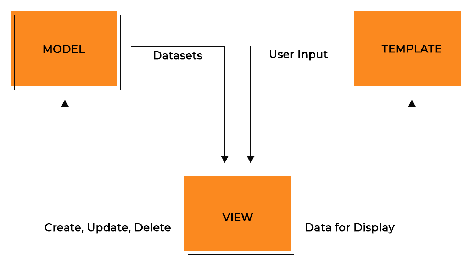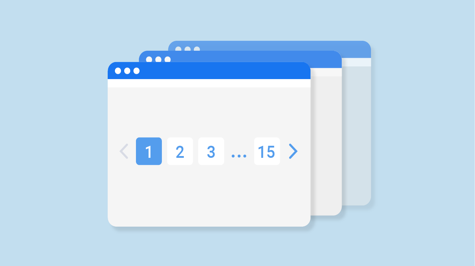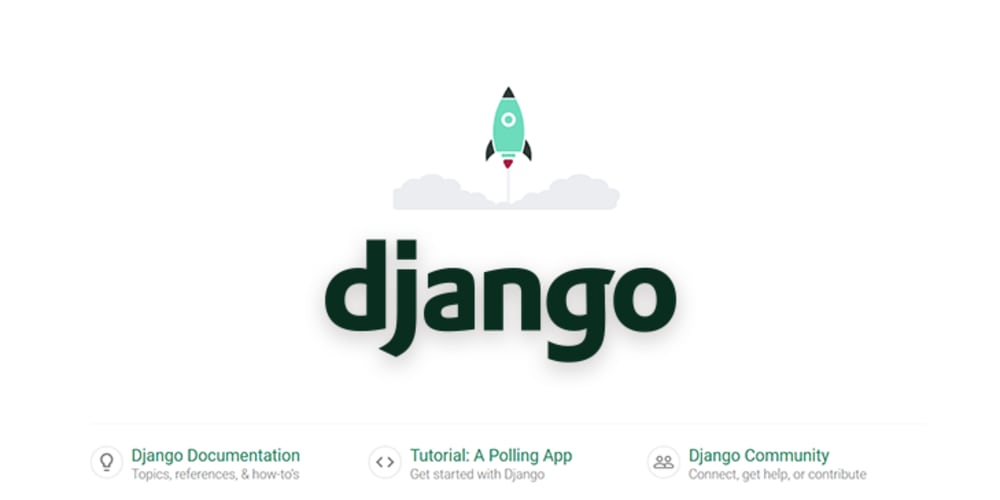Django, an open-source web framework written in Python, has become a top choice for developers worldwide when building web applications. Its simple and elegant design, coupled with a robust architecture, makes it an ideal platform for creating web applications of varying complexities. In this blog, we'll dive into the core components of Django's architecture, exploring how they work together to power your web projects.
1. Model-View-Template (MVT) Architecture:
At the heart of Django lies the MVT architectural pattern. Similar to the more widely known Model-View-Controller (MVC) pattern, MVT separates an application into three interconnected components:
a. Model: The Model represents the data and the database schema. It deals with the data access and manipulation logic. Django's Object-Relational Mapping (ORM) system allows you to define models as Python classes, and it automatically handles the creation and querying of the database tables.
b. View: The View handles the user interface and user interactions. It receives requests from the user, processes them, and returns responses. In Django, views are Python functions or classes that take HTTP requests and return HTTP responses. They interact with the models to fetch data and use templates to render the output.
c. Template: The Template represents the presentation layer. It defines how the data from the models should be displayed to the user. Django templates use a simple and intuitive syntax to create dynamic HTML pages, making it easier to integrate data into the front-end.
2. URL Dispatcher:
The URL dispatcher is a critical part of Django's architecture. It acts as the traffic controller, directing incoming requests to the appropriate views based on the URL patterns. When a user makes a request to the web application, the URL dispatcher matches the requested URL with the registered patterns in the Django project, ensuring that the appropriate view is executed to handle the request.
3. Middleware:
Middleware components sit between the request and the response and allow you to process requests globally across the entire Django application. These components are executed in the order they are defined in the Django settings, and they can perform tasks such as authentication, request/response processing, and more. Middleware provides a flexible way to add common functionalities to your application without modifying the views or templates.
4. Django ORM:
The Django ORM (Object-Relational Mapping) is a powerful tool that abstracts the database layer, allowing developers to interact with the database using Python classes and methods instead of writing raw SQL queries. This makes it easier to work with databases and promotes code reusability and readability. Django's ORM supports various database engines, such as PostgreSQL, MySQL, SQLite, and Oracle.
5. Admin Interface:
Django's admin interface is a built-in feature that provides a user-friendly and customizable interface for managing the application's data. By registering the models with the admin site, developers can quickly create, read, update, and delete records from the database without having to build a dedicated administration panel.
Conclusion:
Django's architecture provides a robust and scalable foundation for building web applications. The Model-View-Template pattern separates the concerns and enhances code organization. The URL dispatcher ensures that incoming requests are appropriately handled, while middleware allows for global request/response processing. With the powerful ORM and built-in admin interface, Django empowers developers to focus on the application's logic rather than the plumbing code.
As you embark on your web development journey, consider Django as a reliable option to bring your ideas to life with elegance and efficiency. Its vast community and extensive documentation make it a delightful framework to work with, whether you're a beginner or an experienced developer.
So why wait? Dive into Django and start building amazing web applications today! Happy coding!










